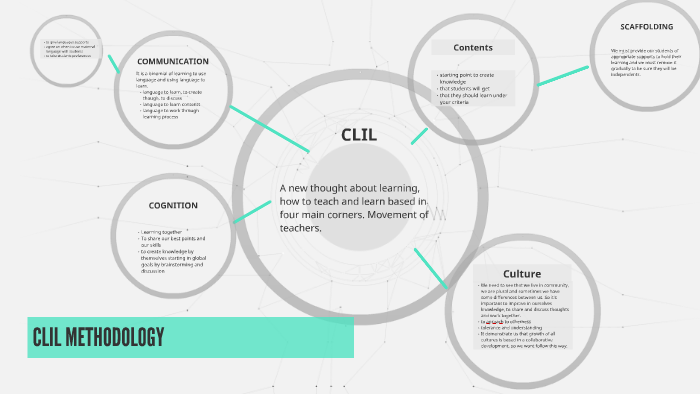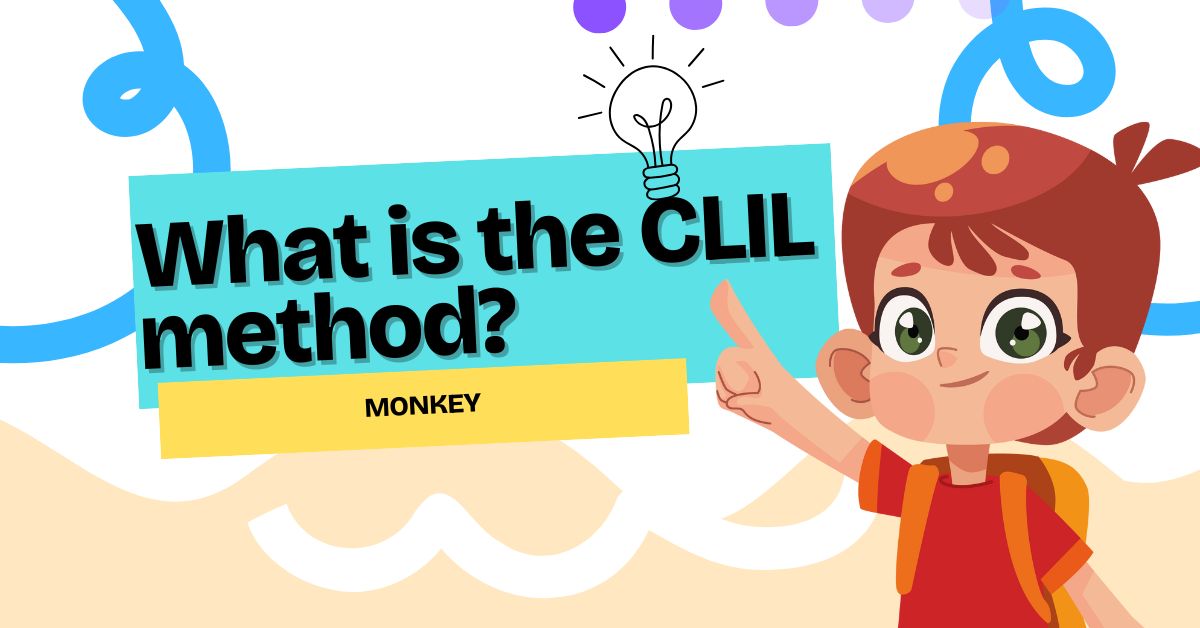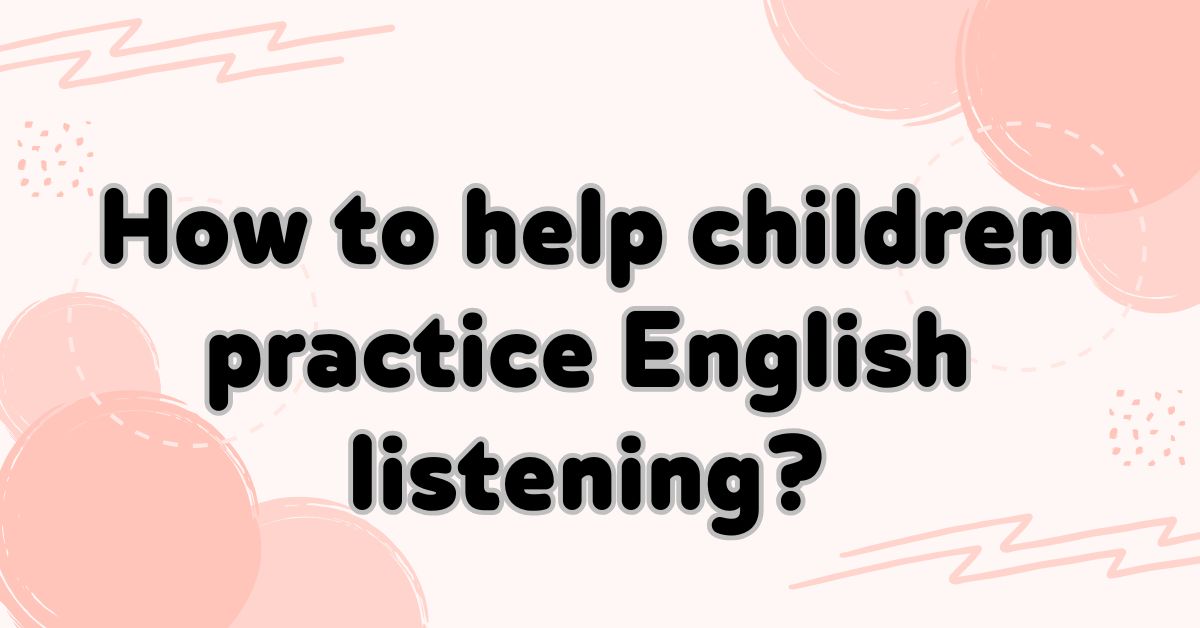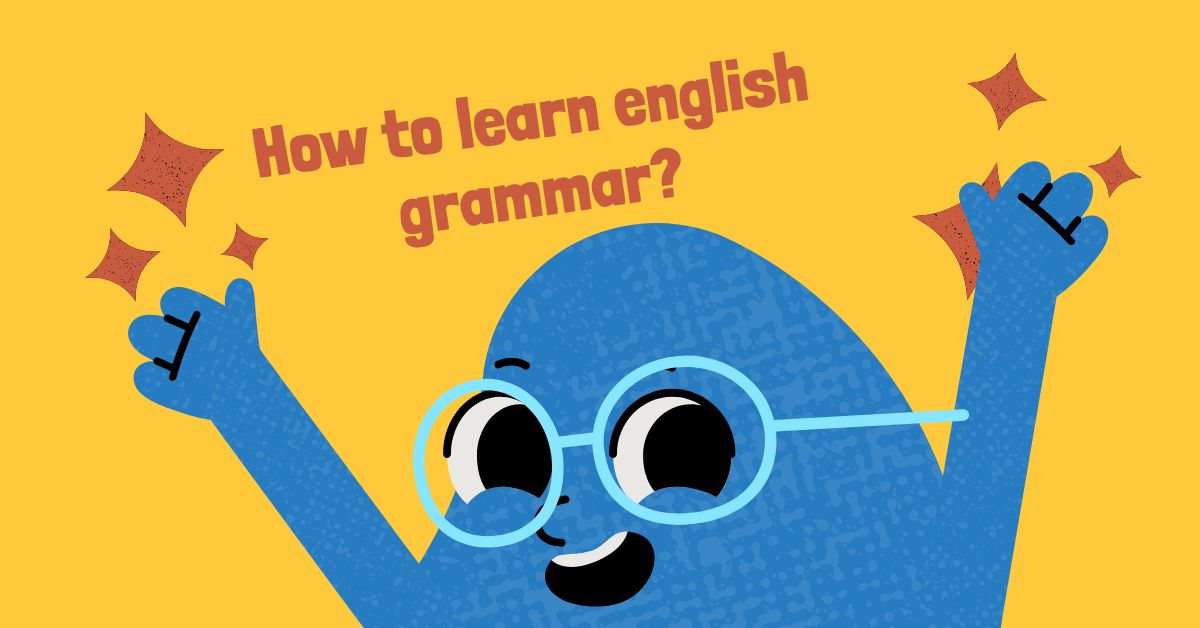The CLIL method is an integrated content and language learning model, helping children acquire academic knowledge while developing their English skills naturally. So, how can we effectively apply the CLIL method in teaching English to children? Let’s explore this with Monkey in the article below.
What is the CLIL method?
CLIL (Content and Language Integrated Learning) is an integrated teaching method that combines content and language. Instead of learning a language separately, students learn a subject (such as Science, Geography, Math...) through a second language, like English.
This approach helps students not only develop their language skills naturally in real-life contexts but also acquire subject-specific knowledge at the same time. The CLIL method is particularly effective for children because it creates a dynamic learning environment, connecting language and content, which helps children remember and use English more flexibly.

Why should we apply the CLIL method in teaching English to children?
Applying the CLIL method in teaching English to children offers many advantages over traditional learning methods. Children not only learn the language naturally through real-life contexts, but also develop thinking, knowledge, and learning skills in various fields.
Instead of just memorizing vocabulary or grammar structures, CLIL helps children use English to explore, investigate, and communicate while learning subjects like Science, Arts, or Mathematics. This increases their interest, engagement, and long-term retention. Additionally, exposure to the language in real-life situations helps children develop bilingual thinking skills and become more confident in using English in everyday life
How to Effectively Apply CLIL in Teaching English to Children
To effectively apply the CLIL method in teaching English to children, teachers need to flexibly integrate content and language appropriate to the child’s age. Below are several effective approaches that parents and teachers can consider:
Choose familiar, age-appropriate topics
One of the key factors for effective CLIL implementation is selecting content that matches the age and interests of the child. Topics like animals, colors, weather, food, the human body, and occupations are familiar, easy to approach, and engaging. When children are interested in the content, acquiring the language becomes more natural.
Example: In a lesson on “animals,” teachers can integrate science content (animal classification, habitats) with English vocabulary and sentence structures such as: “This is a lion. It lives in the savanna.”
Naturally embed language into content lessons
Rather than teaching English in isolation, CLIL encourages language learning through real-world knowledge. Teachers should design lessons where language is a tool to explore content not the sole objective.
Example: When teaching about numbers in Math, instead of just teaching “one, two, three,” teachers can organize a counting activity and have children say full sentences in English like: “There are five apples.”
Design engaging, child-centered learning activities
Children learn best through experience. Activities such as games, drawing, storytelling, crafts, or simple science experiments help convey content while developing language skills. CLIL promotes active participation, which enhances memory and vocabulary retention.
Example: In a lesson about plants, the teacher can have children plant a seed and describe the steps in English: “Put the seed in the soil. Water it every day.”
Enhance learning with visuals and real-world materials
Young learners absorb information more easily through images and hands-on experiences. Using pictures, videos, real objects, 3D models, or flashcards helps make new content in English more understandable especially when children's vocabulary is still limited.
Example: When teaching about the weather, the teacher can use images or videos of different weather conditions and guide the child to say: “It’s sunny today.” or “It’s raining. Take your umbrella!”
Gently and positively assess children's progress
In CLIL, assessment does not focus heavily on scores or grammar accuracy, but rather on understanding content and the ability to use language. Teachers should observe progress through participation, task completion, and interaction to adjust methods accordingly.
Giving positive feedback, encouraging children to speak, use new vocabulary, and join activities will boost their confidence and make English learning through CLIL more enjoyable.

Some Key Points When Applying the CLIL Method in Teaching English to Children
To effectively apply the CLIL method in teaching English to children, parents and teachers should keep the following points in mind:
Choose language and content appropriate for the age
Children have limited attention spans and vocabulary, so the learning content should be simple and easy to understand, using basic, familiar language. Avoid abstract topics or overly complex language structures. Start with topics that children are familiar with, such as family, animals, colors, and food, and gradually expand as they grow.
Prioritize understanding the content first, rather than forcing children to use perfect grammar
In CLIL, the main goal is to understand the content, not to speak or write perfectly in terms of language. Children may use incorrect language structures at first, but that’s okay. The important thing is to encourage them to communicate and express ideas in English, even if there are mistakes.
Create a positive and safe learning environment
Children will learn better when they feel comfortable and not pressured. Build a friendly classroom environment where children are encouraged to make mistakes and correct them gently. Timely praise and encouragement will help children feel more confident when using English to explore new knowledge.
Use a flexible combination of the native language and English when necessary
Especially for beginners, using only English may cause confusion or disorientation. Teachers can flexibly use the native language to explain or guide activities, then switch to English to teach the main content, so that children do not feel overwhelmed.
Prepare and diversify teaching materials
Effective CLIL requires careful preparation of both academic content and language. Materials such as pictures, videos, visual aids, worksheets, and games should be designed to align with the lesson and support children’s understanding, making it easier for them to learn.

Building a Strong English Foundation for Children with Monkey Junior
Building a solid foundation in English for children is a priority for many parents, especially when applying the CLIL method. However, for CLIL to be effective with young children, it requires the right tool - systematic, engaging, and easy to access. Monkey Junior is the ideal solution to accompany parents on this journey.
Monkey Junior is an English learning super app designed for children aged 0 - 11 years. It features a clear and structured learning pathway that helps children develop all four skills: listening, speaking, reading, and writing. With an extensive library of over 5,500 lessons categorized into various topics such as animals, food, emotions, occupations, and the environment, children not only learn vocabulary and phrases but also naturally acquire real-life knowledge in line with the CLIL approach.

Not only does Monkey Junior offer diverse content, but it also integrates modern technologies such as AI for speech recognition, multisensory learning methods, vibrant illustrations, and interactive activities that stimulate children’s learning ability and maintain their interest. By exposing children to English in real-life contexts, it helps build a solid language-thinking foundation, boosting reflexes and improving long-term memory retention compared to traditional learning methods.
In particular, Monkey Junior is now available in over 100 countries worldwide, including Thailand, and is trusted by millions of parents globally. The app has been recognized with multiple international educational awards, affirming its quality and effectiveness in teaching English to children.
If you’re looking for a tool to integrate the CLIL method into your child’s foreign language learning journey, Monkey Junior is an option you can’t miss. Register today to help your child build a strong English foundation, learning naturally and comprehensively from their early years.
Conclusion
From the above discussion, it’s clear that the CLIL method is a modern and effective approach that helps children learn English through the acquisition of real-world knowledge. When applied correctly and supported by suitable tools, CLIL can build a strong language foundation and promote well-rounded development in children from an early age.




.png)




.jpg)
